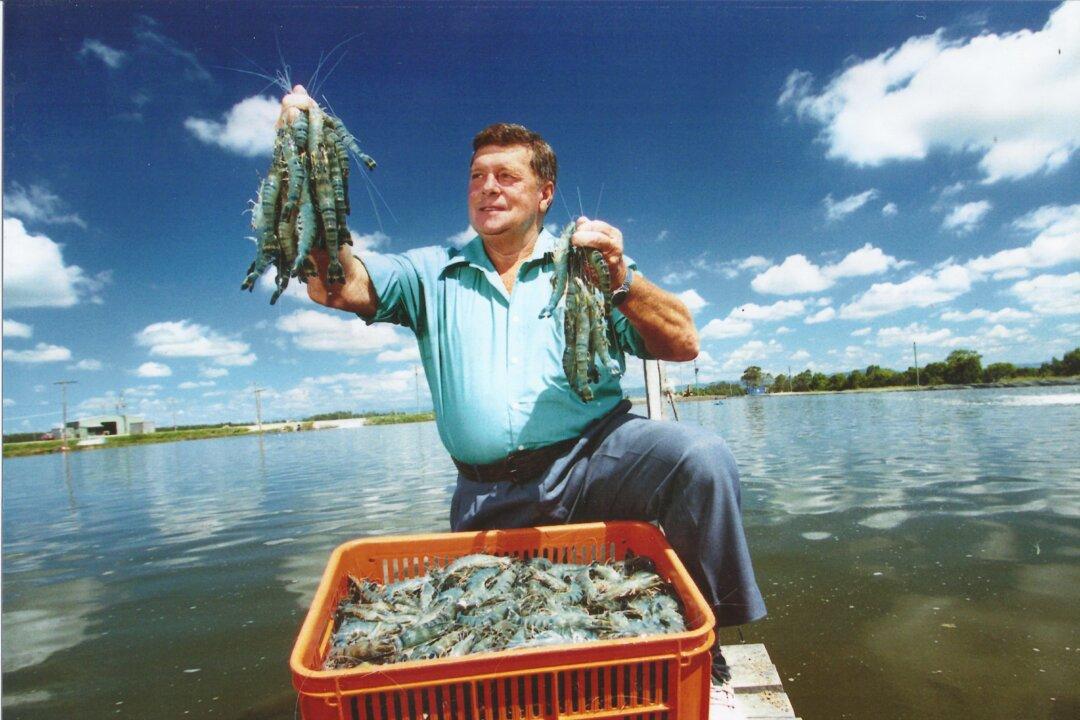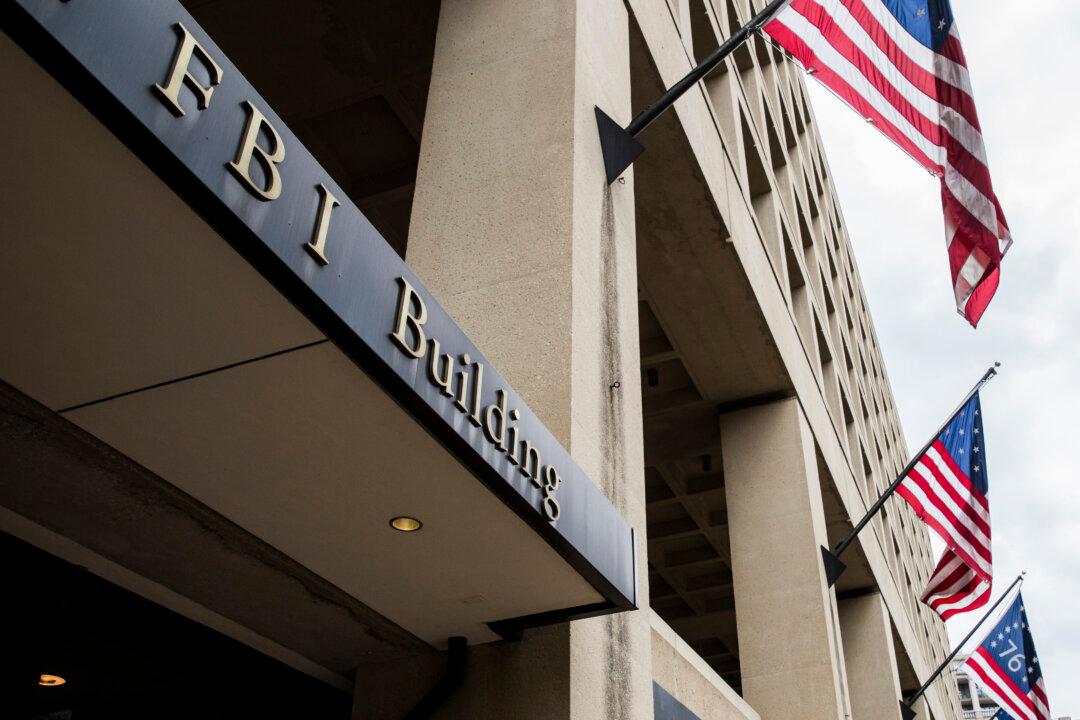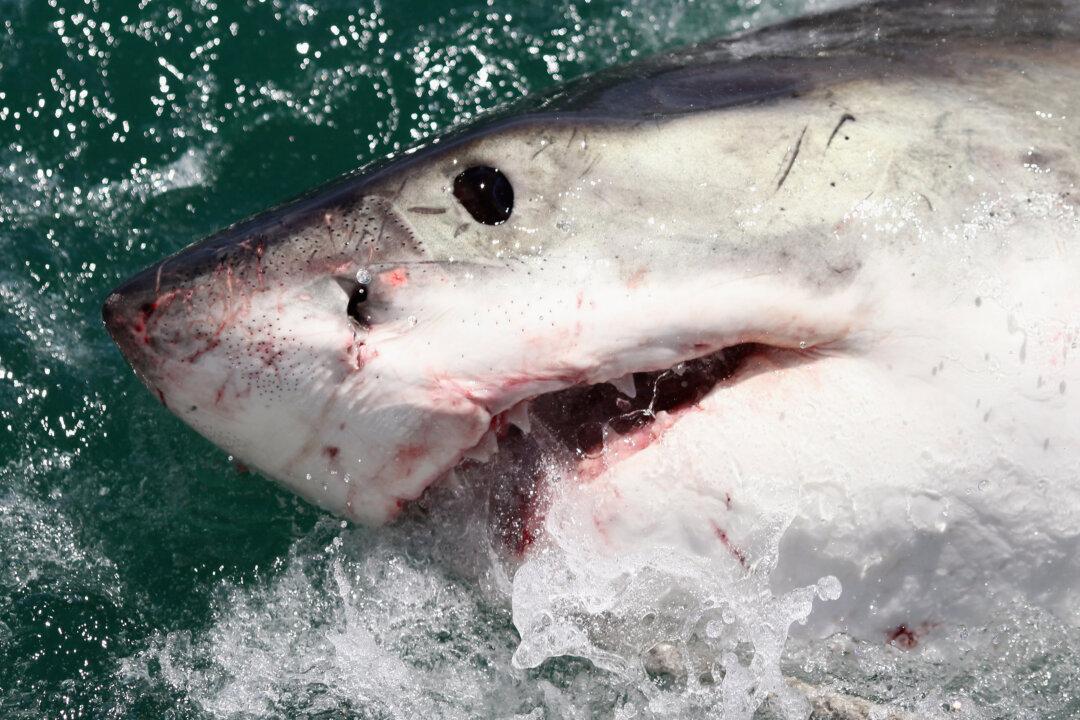Australian prawn farmers, who lost entire crops to a white spot outbreak, are furious at the country’s federal government for continuing to allow infected product to be imported under the China-Australia Free Trade Agreement.
The aquaculture industry is estimated to have suffered $23.5 million (US$16.35 million) in lost revenue since prawn farms shut down their operations after cases of white spot were discovered in 2016. White spot is not dangerous to humans but can be deadly for prawn farms, ruining entire crops.





